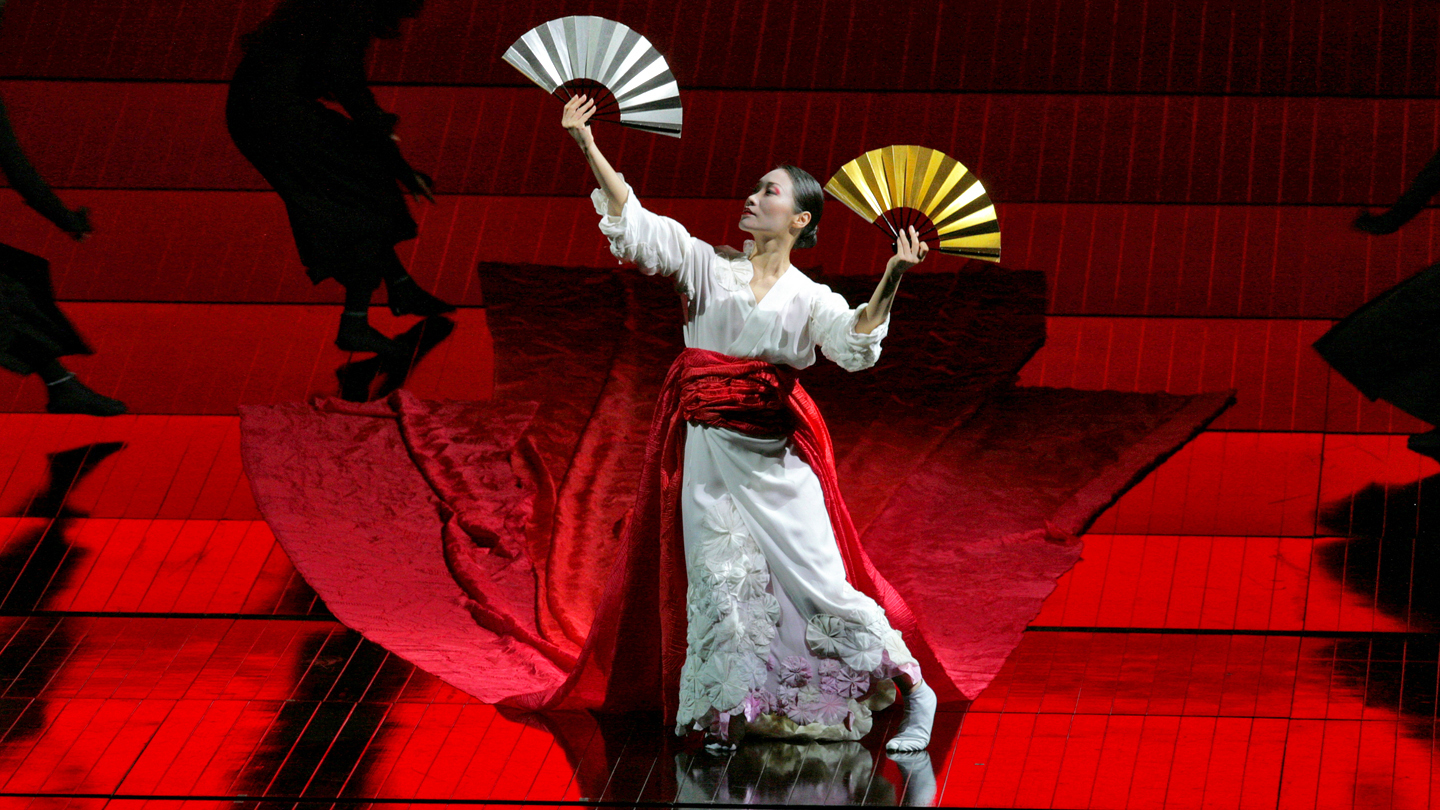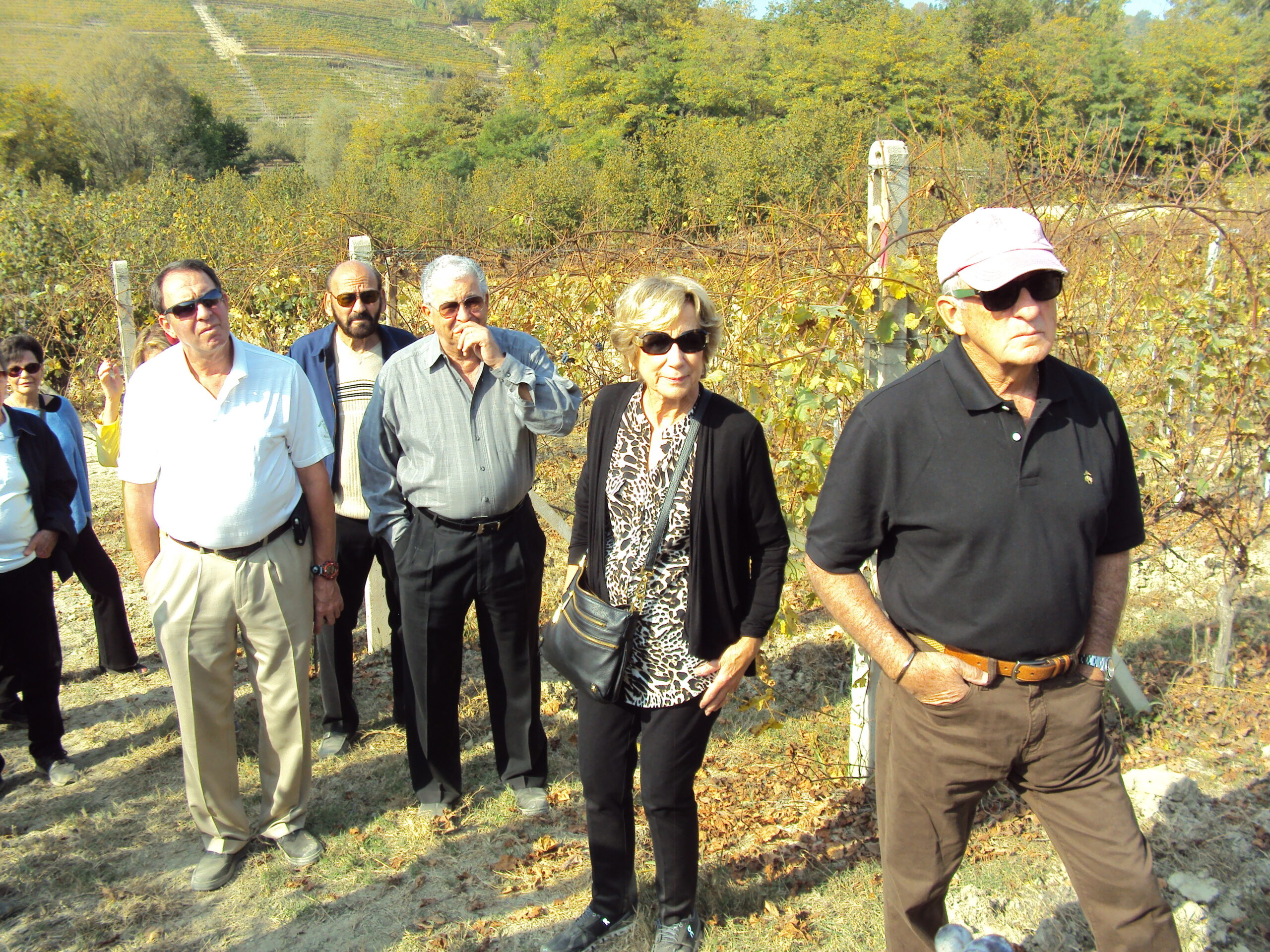By Dr. John L. DiGaetani
The winter opera season at the Metropolitan began with a lively revival of Anthony Minghella’s gorgeous production of Puccini’s “Madama Butterfly.” Minghella used a variety of styles from Japanese theater, especially Kabuki and the puppet theater, to tell Puccini’s opera from a Japanese rather than American point of view. The striking results of such a novel approach made for exciting musical theater and a completely new look for this popular opera.
Jader Bignamini of Crema, Italy, made his debut at the Met conducting a rather quiet, subdued performance of this audience favorite. The orchestra never overwhelmed the singers, but rather sounded quietly subtle and supportive. Such a minimalist approach to both the production and the musical interpretation made for a moving performance.
A new Chinese soprano, Hui He, created a fine impression at Cio-Cio-San with quiet singing, though always dramatic and with a voice that filled the large opera house. She emphasized Cio-Cio-San’s naïve faith in her American husband, which became especially moving in the final act when her faith was betrayed. Her death scene saw her reverting to her Japanese gods, now that her American god has betrayed her.
Roberto Aronica of Civitavecchia, Italy, presented B. F. Pinkerton in dramatic extremes – boastful and lustful in the first act, shamed and guilt-ridden in the last act. He sounded convincing, not so much as a villain, but as a naïve and arrogant young man. The current Broadway musical “Miss Saigon” tells the identical story, but set in Saigon during the war in Vietnam. Though Puccini’s lush music is not used in “Miss Saigon,” young audiences still succumb to the drama of this timeless opera.
Tony Stevenson made the Japanese procurer Goro a comic and cynical man, determined to make money on both Pinkerton’s lust and Cio-Cio-San’s naïveté. Dwayne Croft played the role of the U.S. Consul Sharpless, who was tasked with trying to make the best of a tragic situation, due to the insensitivity of a military man.
Maria Zifchak has sung the role of Suzuki many times at the Met and she remains very effective as a motherly servant trying to help Cio-Cio-San despite her stubborn, but naïve faith in her American husband. Zifchak’s lovely mezzo-soprano voice and committed acting added to the performance.
The Met also performed Verdi’s ‘Requiem,’ arguably the best Mass ever composed, though he gets some competition from Requiems composed by Mozart, Brahms, Berlioz and Faure. James Levine conducted a very controlled performance which emphasized the beauty and breadth of this tremendous score, though such an approach meant some of operatic drama was lost. Donald’s Palumbo’s Met chorus sounded fully committed. Their diction was wonderful, while their tone remained beautiful.
The four soloists rose to the occasion. Ferruccio Furlanetto’s basso singing added a wonderful solidity to the vocals and his diction of the Latin text was clear and moving. Both the soprano, Krassimira Stoyanova and mezzo-soprano Ekaterina Semenchuk were wonderful and the tenor, Aleksandre Antonenko, sounded penetrating and clear in tone.
These performances of the Verdi Requiem were dedicated to the memory of the great Verdi baritone Dmitri Hvorostovsky, who passed away several months ago. The Verdi Requiem can remind us all of both the wonderful Verdi baritone from Russia as well as our own mortality. Both musical works by Puccini and Verdi were conducted subtly to accentuate the beauty of its tone, which was a statement in musical terms, less can be more.





